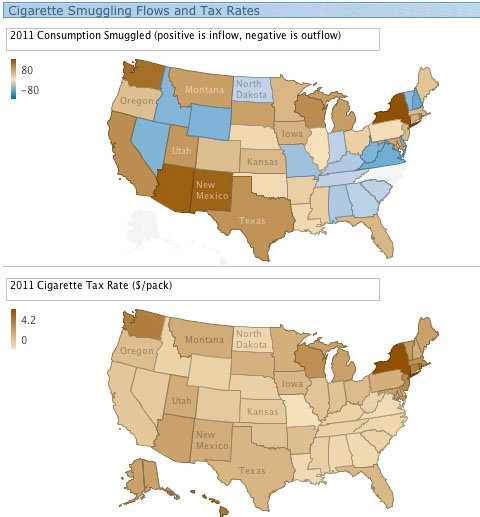Consider the people who fill out forms designating who inherits assets like an insurance policy and then never go back and revise the forms when, for instance, they divorce and remarry. And then, there are the parents who have not determined who will serve as guardians for their children.
“Even though you have less than $10 million or even if you have more, you really want to guide the family as best you can,” said Stuart Kessler, a certified public accountant and director at the accounting firm CohnReznick.
Having just filed tax returns, many people may not want to think about how the changes to the tax code under the American Taxpayer Relief Act, passed in early January, could affect them.
But if they don’t, they may be shocked come next year’s tax season. Or worse they may end up making financial plans based on a cursory understanding of what the changes mean for them and regret it later.
Over the next couple of weeks, I am going to look at how the tax changes could sway people’s thinking on estate planning, investments and insurance and why people need to think clearly about how they are responding.
This week, I’m looking at estate planning, where the focus over the last decade has been on the exemption amount and the tax rate above it. The exemption rose steadily and the tax rate fell from 2001 until 2010, when the estate tax disappeared for most of that year. When the tax returned in 2011 and 2012, the exemption was set at a historically generous $5 million indexed for inflation and a 35 percent rate above that.
The American Taxpayer Relief Act made the exemption permanent at the 2011 level, indexed for inflation, and set the tax for anything exceeding that amount at 40 percent. It also kept the exemptions and taxes the same for gifts made in a person’s lifetime.
Here is a look at why people at different income levels need to pay attention to their estate plans.
THE NECESSITY OF FEAR When his nephew was about to marry in March, Mr. Kessler took the young man to lunch and offered advice: draft a will. While not exactly a romantic thought, it was a practical one. And Mr. Kessler said he often pressed clients with far less than $10 million to do the same — and to revisit it often.
“They feel they’ve set this in motion and don’t have to deal with this for 10 years,” he said. “I’m not crazy about that idea. I usually bug them in three years.”
It is easy to imagine a family with a modest amount of money having a child with a spending or substance abuse problem or a checkered marital history who would benefit from having an inheritance put into trust.
But there are simpler issues that could be overlooked if people figured there was no longer a need to think about an estate plan.
One is the beneficiary designation form, which determines who gets assets like a retirement account or an insurance policy. Many times, people fill out these forms when accounts are opened and then forget about them, even as the account or insurance policy grows or people’s life situations change. That form overrides a will.
People with dependent children also need an estate plan to make sure they have life insurance and guardians for their children. “That’s one of the major issues here,” Mr. Kessler said. “Forget about when the kids get the money. It’s, Who’s going to take care of them?”
Some states intervene when a person dies without a will — and charge fees accordingly to sort things out. In California, a will alone is not enough to avoid the state’s getting involved in the probate process, said Andy Katzenstein, a partner in the personal planning department at Proskauer, a law firm.
A better plan, he said, would be to set up a revocable, or living, trust that holds the assets. It has the added advantage of keeping prying eyes out of someone’s affairs.
“Michael Jackson’s will is being probated,” Mr. Katzenstein said. “He actually had a living trust, but he didn’t put his assets in it.”
Article source: http://www.nytimes.com/2013/04/27/your-money/estate-planning-under-the-new-tax-law.html?partner=rss&emc=rss

